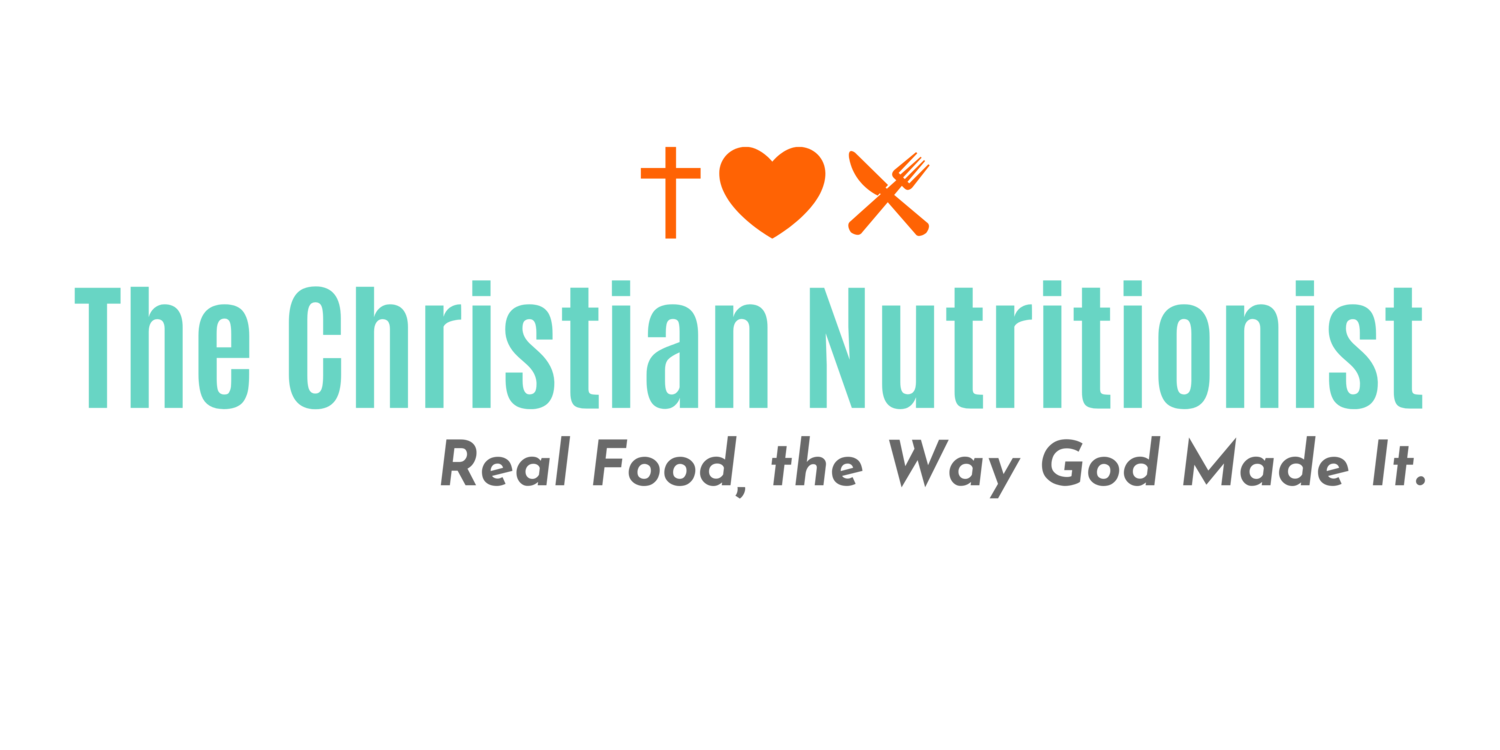180: Fat & Carb Energy Toxicity
If you want to be metabolically fit, it’s important to understand the way your body burns carbohydrates and fats as energy. It generally focuses on one fuel source at a time and, because carbs turn to sugar, it’s the metabolic priority. You can’t have too much sugar circulating so the body has to deal with it first. The problem is, if you’re keeping your body too busy burning sugar, it doesn’t have the opportunity to burn fat. This leads to fat accumulation and, over time, a less efficient metabolism.
In this week’s episode, we’re talking about how to avoid energy toxicity so that your body can burn both carbs and fats effectively. We use strategies like the carb/fat seesaw, fasting and exercise in order to stay metabolically fit.
EPISODE 180: Fat & Carb Energy Toxicity
Show Notes
(0:00) Intro
Hello my friend, welcome back to the club! How are you today?
The Feast 2 Fast Holiday Challenge is about to begin and I hope you are planning to join us.
It is really easy to become energy toxic at this time of the year and it’s the reason people gain weight in this window from Halloween to New Years Day.
Our goal in Feast 2 Fast is for you to be metabolically flexible which means that you can easily burn both carbohydrates and fats as energy sources.
(2:40) Macronutrients & Mitochondria — Metabolic Flexibility
When we look at the three macronutrients: protein, fat, and carbs - proteins build the body, carbs and fat fuel the body. They are our sources of energy.
Our mitochondria - the energy factories in our cells - take the carbs and fats that we eat and convert them into the energy that runs our body. That’s what metabolism is - converting food into energy.
The thing to understand is that our mitochondria burn these sources of fuel reciprocally. You’re either primarily burning glucose OR primarily burning fat.
Any time you’re burning more glucose you’re burning less fat and vice versa. The ability to burn both sources of fuel well, to switch back and forth like a hybrid car, is being metabolically flexible. That’s what we want to be and that’s what we do in F2F.
Unfortunately, the majority of people are metabolically INflexible, unable to burn both carbs and fat efficiently.
Statistics show that 88% of Americans are metabolically unhealthy.
This is the reason we have an epidemic of obesity, diabetes, heart disease and other chronic conditions - and listen, cancer is a metabolic disease as well.
Metabolism happens at the cellular level in the mitochondria. We need plenty of healthy, flexible mitochondria doing their job at the energy factory.
The number one problem for most metabolically unhealthy people is that they have inflexible damaged mitochondria that are primarily burning sugar and not fat.
All carbohydrates turn to sugar in the body. The carb category is ginormous.
Sugar is always the metabolic priority. Your body has to deal with glucose, with the sugar, first because you can’t have too much sugar in your blood stream at one time.
This is when the hormone insulin is released by the pancreas to help get the glucose out of the blood and put away somewhere safer.
When your mitochondria are busy dealing with the sugar (because it’s the priority) it can’t effectively process the fat. So the fat essentially gets rerouted as triglycerides to be stored as fat.
The fat accumulates because you can’t burn it because your mitochondria are too busy burning glucose.
When you look at a metabolic panel and see high triglycerides, people want to point the finger at fats, but what you really need to be looking at is carbs. Don’t blame the fat for what the sugar did is pretty much what I want to say about cholesterol panels.
Insulin resistance — Being a “sugar burner”
This constant demand on the mitochondria to burn sugar kinda ruins our little energy factories. It burns them out and causes damage which adds to the vicious cycle of having an inefficient metabolism.
(8:55) Ok, so what is the answer here?
Well, the most obvious is to not overeat carbohydrates. We need to allow our mitochondria the opportunity to burn fat for fuel. Now, the truth is, you can get away with a high carbohydrate diet if you’re also eating low fat. If there is little fat for the mitochondria to have to burn, then you’re not socking it away in your fat tissue as your body is busy dealing with the sugar.
Feast 2 Fast Strategies
The carb/fat seesaw
SAD Diet
Ingredient upgrades
Intermittent Fasting
Allows your body to burn through some of the stored sugar in your liver AND some of the stored fat on your body - so you’re shrinking those fat cells.
Exercise
Helps to burn some of that stored sugar that’s in your muscles helping to maintain some storage availability there, so less of it gets stored as fat.
Keeping eyes on the Lord
(15:38) Closing thoughts:
I hope you’ll join us in Feast 2 Fast.
We’re going to start off with a week of sugar detoxing to really reset our taste and pleasure receptors and start shrinking those fat cells and then we’ll add in some feast days and some holiday treats as we move through the month.
Sign up for here! I’ll see you in the group, I’ll see you in our weekly Zoom calls - I can’t wait to do this with you.
(16:45) Outro & Disclaimer
Thanks for listening! Have a healthy and blessed week!

